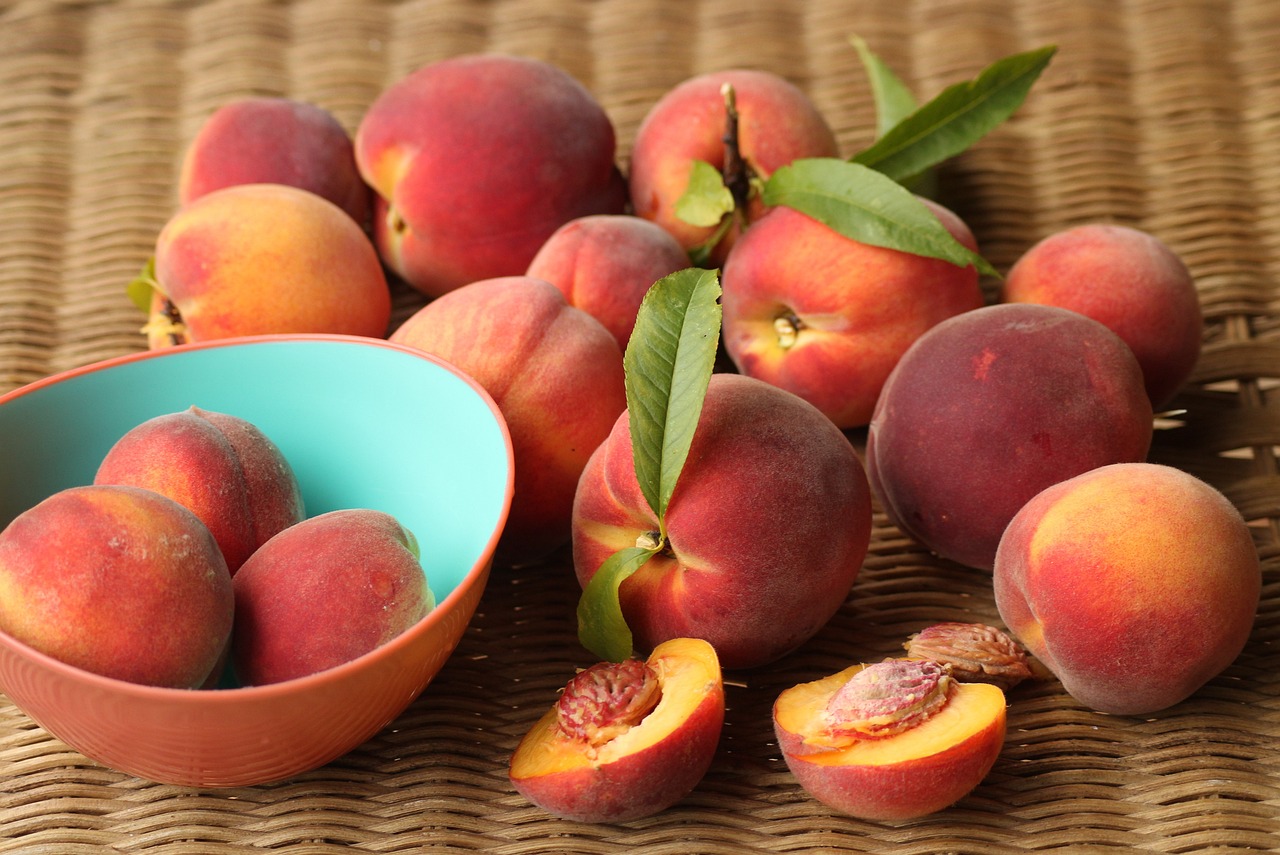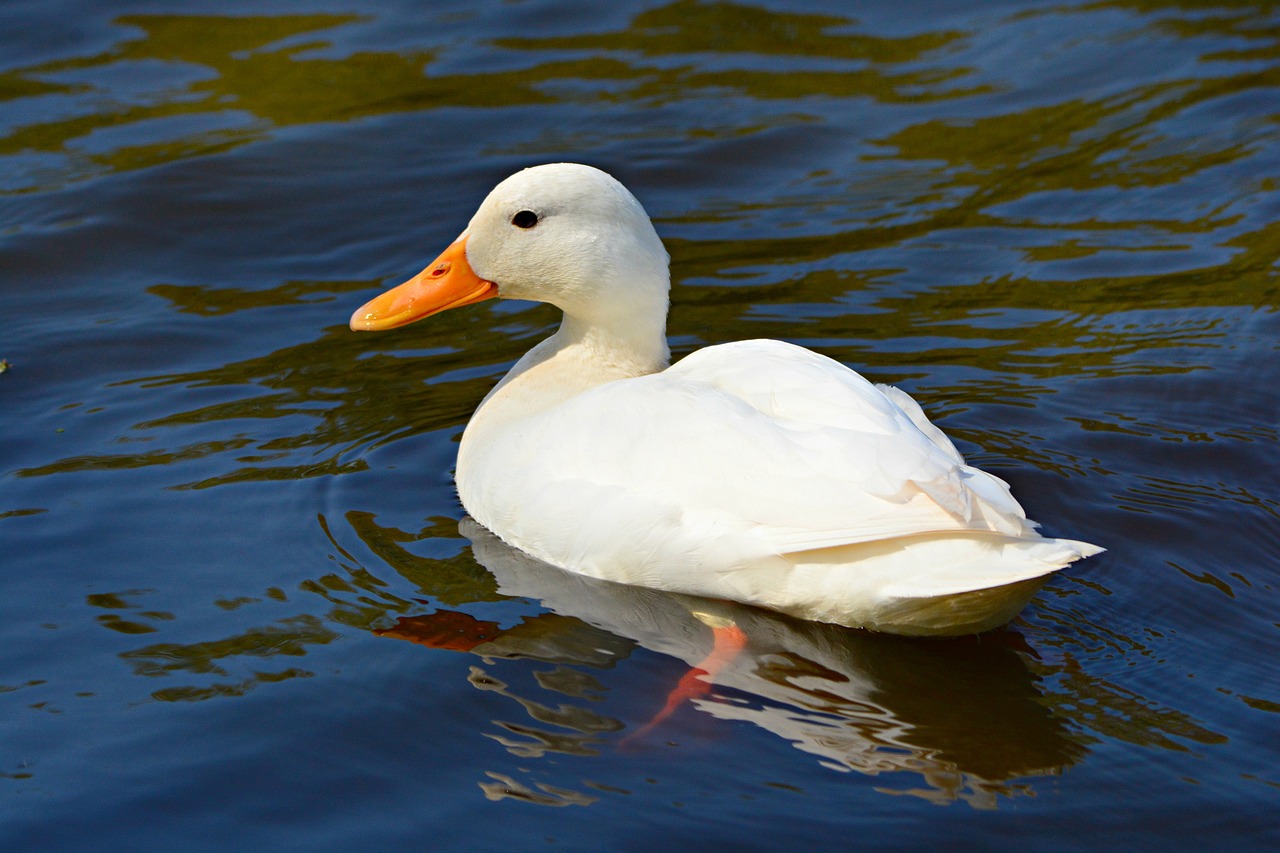Check out this Red Pineapple Fruit Facts and Growing Information guide for cultivating this colorful fruit successfully.
If you want to add a pop of color to your fruit salad, then read this Red Pineapple Fruit Facts and Growing Information guide for valuable insights on how to grow and for it.
FIND: Is Pineapple a Berry or Citrus Fruit?
What is Red Pineapple Fruit?
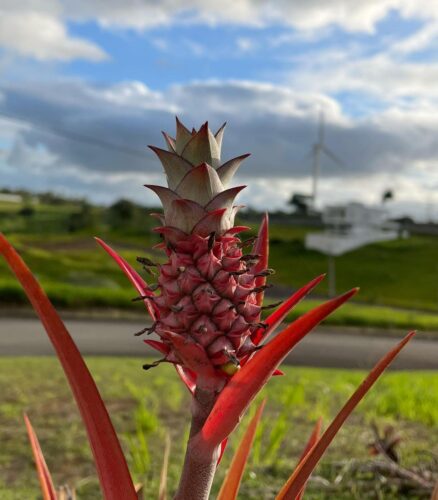
Red Pineapple (Ananas bracteatus) belongs to the Bromeliaceae family. It is native to South America, particularly found in Brazil and Argentina.
Appearance: Red Pineapple is a terrestrial bromeliad plant with long, sword-shaped leaves. The leaves are usually green in color and have spiky edges. The plant has a central stem or rosette from which the leaves grow.
Height: It typically grows to a height of around 2 to 3 feet.
Spread: The plant can spread up to 3 feet in width.
Flowers: Red Pineapple produces a single inflorescence (flowering structure) at the center of its rosette. The inflorescence is composed of small, tubular flowers that are usually red or pink in color. These flowers are not very showy and are primarily pollinated by hummingbirds.
Foliage: The leaves of Red Pineapple are its main attraction. They are long and narrow, with a tough and spiky texture. The leaves are arranged in a rosette pattern, forming a dense cluster at the center of the plant.
Fruit: Red pineapples, unlike the ones commonly seen in stores, grow on a thick stem surrounded by long, curved, and pointy leaves. The fruit takes on an oval or cylindrical shape and features a tough, waxy skin adorned with downward-facing red-pink spines. It remains connected to a crown of leaves that exhibit green coloration with red spots and are spiked.
Red Pineapple Inside: The flesh of the fruit can be white, yellow, or pink. It’s dense and a bit chewy, with a hard center. The taste of the flesh can vary depending on where it’s grown. It might be juicy and taste sweet with a little tang, and there could be seeds or not, depending on the climate.
Check Rare Blue Apple Varieties
How to Propagate Red Pineapple
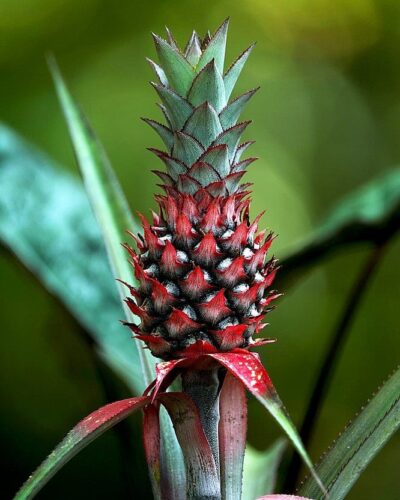
Propagating red pineapples from suckers, also known as offsets or pups, is a common and effective method. Here’s a step-by-step guide on how to propagate red pineapples from suckers:
Materials you will need:
- Mature red pineapple plant with suckers (offsets/pups).
- Sharp, clean pruning shears or a knife.
- Potting mix suitable for bromeliads.
- Small pots or containers.
- Plastic bags or plastic wrap.
- Rubber bands or twine.
- Look for healthy and mature suckers or pups that are at least 6 inches tall. These suckers should have their own roots and be well-developed.
- Fill small pots or containers with a well-draining potting mix suitable for bromeliads.
- Gently remove the sucker from the parent plant. You may need to use a knife or sharp shears to cut it away from the parent plant. Be sure to get some of the sucker’s roots with it.
- Plant the sucker in a container, ensuring the roots are in contact with the potting mix. Press the mix gently around the sucker to provide stability.
- Place the pot in a location with bright, indirect sunlight. Red pineapples do well in partial shade or filtered sunlight.
- Red pineapples appreciate high humidity. You can create a mini-greenhouse effect by covering the pot with a plastic bag or plastic wrap. Use rubber bands or twine to secure it in place. This will help maintain a humid environment around the sucker.
- Keep the potting mix evenly moist but not soggy.
- Once your red pineapple has outgrown its pot, you can transplant it into a larger container or garden if you live in a suitable climate.
Pot Size for Growing Red Pineapple
For Red Pineapple, an ideal pot size is 12 to 16 inches in diameter, made of terracotta or plastic. Ensure the pot has drainage holes to prevent waterlogging.
READ Red Custard Apple Tree Growing and Care Guide
Ideal Growing Conditions for Red Pineapple
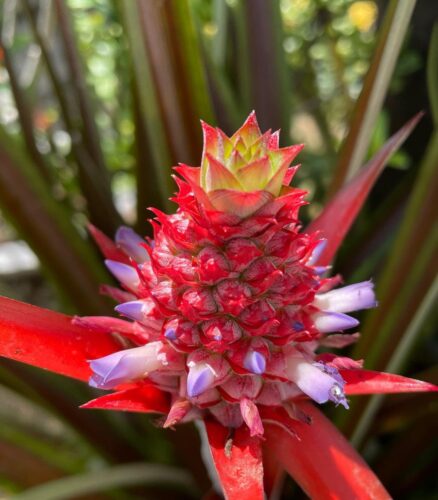
Location/ Light
Red Pineapple thrives in a sunny location with indirect sunlight. It requires at least 6 hours of bright, filtered sunlight per day. An ideal spot would be near a south-facing window or in a sunny outdoor location with well-draining soil. Protect it from harsh, direct sunlight to prevent leaf burn.
Soil
Red Pineapple thrives in well-draining soil with a slightly acidic to neutral pH (around 6.0 to 7.0). A suitable mix includes 2 parts potting soil, 1 part perlite or coarse sand for drainage, and 1 part compost for nutrients. This blend ensures proper aeration, drainage, and nutrient availability for healthy growth.
Water
You must water Red Pineapple thoroughly, but allow the top inch of soil to dry between watering. Always water at the base, not overhead, to prevent rot. During the growing season, water every 1-2 weeks. In winter, reduce the frequency to once a month to prevent overwatering and root rot.
Temperature and Humidity
Red Pineapple prefers temperatures between 65°F to 75°F (18°C to 24°C). It can tolerate brief dips to 50°F (10°C) but should be protected from frost. Humidity levels between 40% to 60% are ideal. Keep the plant away from cold drafts and maintain consistent, moderate humidity for optimal growth.
Is Avocado A Vegetable Or Fruit? FIND OUT
Red Pineapple Care

Fertilizer
Red Pineapple plants thrive with a balanced fertilizer containing NPK (Nitrogen, Phosphorus, and Potassium). A good option is a 10-10-10 or 14-14-14 fertilizer. During dormancy (winter), reduce feeding to once every 2-3 months. Fertilize in early spring and late summer with a handful of fertilizer per plant, avoiding over-fertilization.
Pests and Diseases
- Aphids: These small insects feed on plant juices, causing leaves to curl and yellow. Control with insecticidal soap or neem oil.
- Mealybugs: They appear as white, cottony masses on the plant. Remove them manually and use neem oil or insecticidal soap.
- Scale Insects: These pests create small, hard bumps on leaves and stems. Remove with a soft brush and apply neem oil.
- Fungal Diseases: Red Pineapples can develop fungal diseases like leaf spot or root rot. Ensure proper drainage and avoid overwatering. Fungicides can help if necessary.
- Bacterial Diseases: Symptoms include wilting and yellowing leaves. Remove affected parts and practice good hygiene to prevent spread.
- Nematodes: These microscopic worms can damage roots. Rotate crops and use nematode-resistant varieties.
- Pineapple Wilt Disease: A fatal bacterial disease that can’t be cured. Remove and destroy infected plants to prevent spreading.
Find Is Watermelon a Vegetable or a Fruit
Harvesting and Storage
To harvest red pineapples, look for a deep red color a sweet aroma, and check for ripeness by gently tugging leaves. Harvest in 90-120 days. Store ripe pineapples in an airtight container in the fridge, either whole or sliced. You can also freeze them for long-term storage. Proper storage preserves their delicious flavor.
Note: Remember to seal the pineapple tightly to prevent it from absorbing odors from the fridge and losing its flavor. When storing, keep it away from other strong-smelling foods.
Read Tips for Growing Apple Trees in Pots
Red Pineapple Facts

1. Botanical Characteristics:
Red Pineapples (Ananas bracteatus) is a unique variety of pineapple. They are characterized by their striking red or deep pink skin and vibrant green leaves. The coloration is due to the presence of natural pigments called anthocyanins, which are responsible for the red hues.
2. Origin:
Red Pineapples are native to tropical and subtropical regions of South America, particularly in countries like Brazil and Paraguay. They have been cultivated and appreciated for their ornamental value and unique fruit color.
3. Ornamental Value:
Red Pineapple plants are often grown for their aesthetic appeal. Their multi-colored leaves and eye-catching red fruits make them popular choices for landscaping and home gardens.
4. Symbol of Prosperity:
In some cultures, including Chinese Indonesian traditions during the Chinese New Year (Imlek or Lunar New Year), Red Pineapples symbolize prosperity and good luck. Their name in Chinese sounds similar to words associated with fortune and prosperity, making them highly regarded decorations.
5. Festive Decorations:
During Chinese New Year celebrations in Indonesia, you’ll find Red Pineapples used as decorations in homes and restaurants. Both real fruit and crafted paper lanterns resembling pineapples usher in luck and positive energy for the coming year.
6. Culinary Uses:
While primarily grown for ornamental purposes, in regions with a tropical climate and abundant rainfall, Red Pineapples are edible. They can be consumed fresh, juiced, or used in various culinary preparations. Pineapple tarts, a popular treat during Chinese New Year, feature sweet pineapple jam atop baked pastry.
7. Color Symbolism:
In many cultures, red, a prominent color in Red Pineapple celebrations, is believed to ward off evil spirits and bring good fortune. People feature it not only in decorations but also in traditional clothing and special New Year’s dishes.
8. Limited Commercial Availability:
Commercial markets relatively rarely feature Red Pineapples compared to their yellow counterparts. They are more commonly found in home gardens or local markets in tropical regions.
9. Anthocyanin Benefits:
Anthocyanin compounds are attributed to the red color of these pineapples, and they are antioxidants that may offer various health benefits, such as reducing inflammation and protecting against chronic diseases.
10. Unique Flavor:
Red Pineapples are said to have a similar flavor to yellow pineapples but with a slightly sweeter and less acidic taste. Their unique appearance and flavor make them a sought-after delicacy.
LEARN How to Grow Amla Tree
Red Pineapple Fruit Benefits
- Red pineapples are rich in vitamin C, a potent antioxidant that enhances the immune system.
- They also boast bromelain, an enzyme with anti-inflammatory qualities.
- Additionally, these pineapples offer dietary fiber and manganese, contributing to bone health preservation.
EXPLORE Muskmelon vs. Cantaloupe
Red Pineapple Fruit Edible?

While Red pineapples are edible, their texture and flavor can differ depending on the climate and watering conditions during growth. To enjoy the fruit, remove the skin, crown, and bottom, uncover the flesh, and consume it fresh.
Check Best Banana Varieties
Where to Buy Red Pineapple Fruit
- Local Farmers’ Markets: Check if there are local farmers’ markets or specialty fruit markets in your area. These markets often carry unique and exotic fruits like Red Pineapples, especially in regions with a tropical climate.
- Specialty Grocery Stores: Some high-end or specialty grocery stores might occasionally stock Red Pineapples. Inquire with the store manager or produce section to find out if they have any in stock or if they can order them for you.
- Online Retailers: Consider looking for Red Pineapples at online fruit retailers or marketplaces. Some companies specialize in delivering exotic and rare fruits directly to your doorstep. Ensure they have good reviews and a reliable reputation.
- Local Fruit Farms: If you live in or near a tropical area where Red Pineapples are grown, you might be able to purchase them directly from local fruit farms or plantations. Check their availability and operating hours in advance.
- Exotic Fruit Wholesalers: Some wholesalers or distributors specialize in exotic fruits. They might supply restaurants and markets in your area. Contact them to see if you can purchase Red Pineapples in bulk or small quantities.
- Homegrown or Gardening Groups: Join local gardening or fruit enthusiast groups on social media or community forums. Sometimes, enthusiasts who grow Red Pineapples in their gardens may offer surplus fruits for sale or trade.
- Tropical Vacations: If you plan to visit a tropical destination, such as Hawaii or some Caribbean islands, Red Pineapples might be more readily available in local markets and roadside stands. You can enjoy them fresh during your vacation and maybe even bring some back.


